| HOME |
|---|
SAGITTARIUS
The Archer
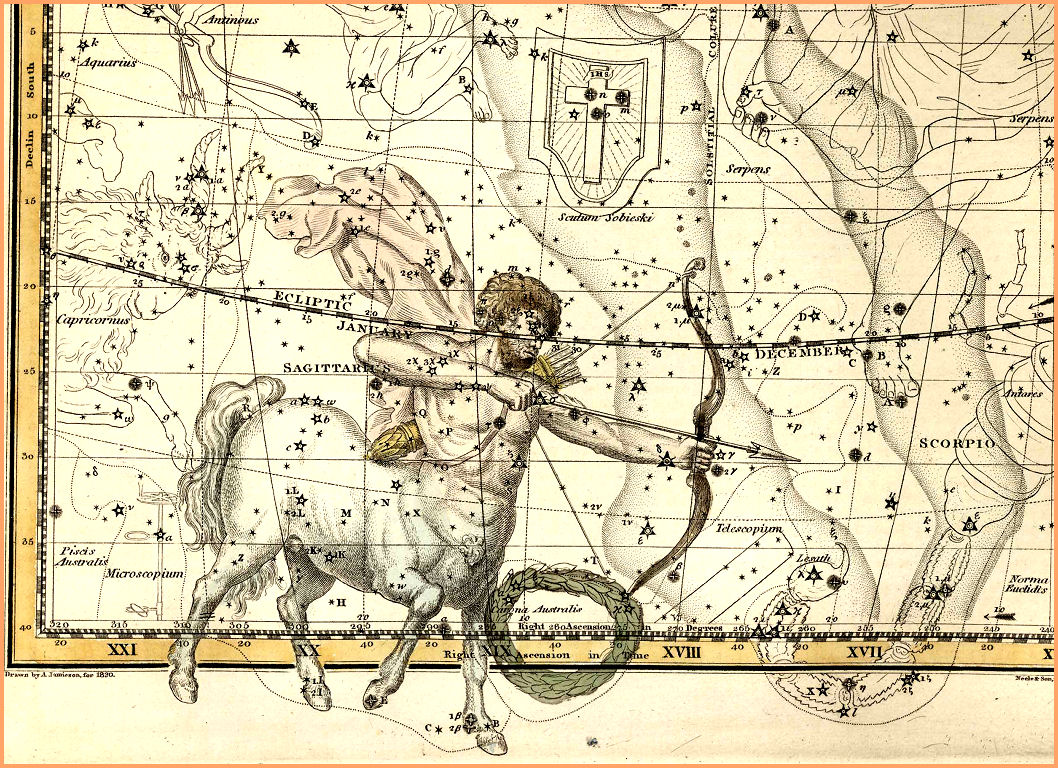
Sagittarius - Celestial Atlas by Alexander Jamieson - 1822
| HOME |
|---|

Sagittarius, the archer, is one of the oldest and largest constellations in the sky. It is an image of the mythical centaur - half man, half horse - bow drawn and aimed at the heart of Scorpius, the scorpion. There are two centaurs in the sky, one on each side of the Milky Way, facing each other. Opposite Sagittarius, straddling the southern cross, Crux, is the constellation Centaurus, which represents the centaur Chiron, the wise and benevolent tutor of Apollo, an association often wrongly attributed to Sagittarius. The true mythology behind Sagittarius appears to be a blending of ancient Babylonian and Greek traditions. The original Babylonian image was of the two headed centaur god, Nergal, while the Greeks connected the constellation with a Satyr (half man, half goat) by the name of Crotus, a master archer who lived with the muses.
Both celestial centaurs appear to have the killer instinct. As Sagittarius prepares to send an arrow through the heart of the scorpion, Centaurus is in the process of skewering Lupus, the wolf, with a spear. If you happen to be below 15 degrees north latitude, you can go outside in the summer and see both centaurs at once, facing each other across the great hazy divide of the Milky Way.
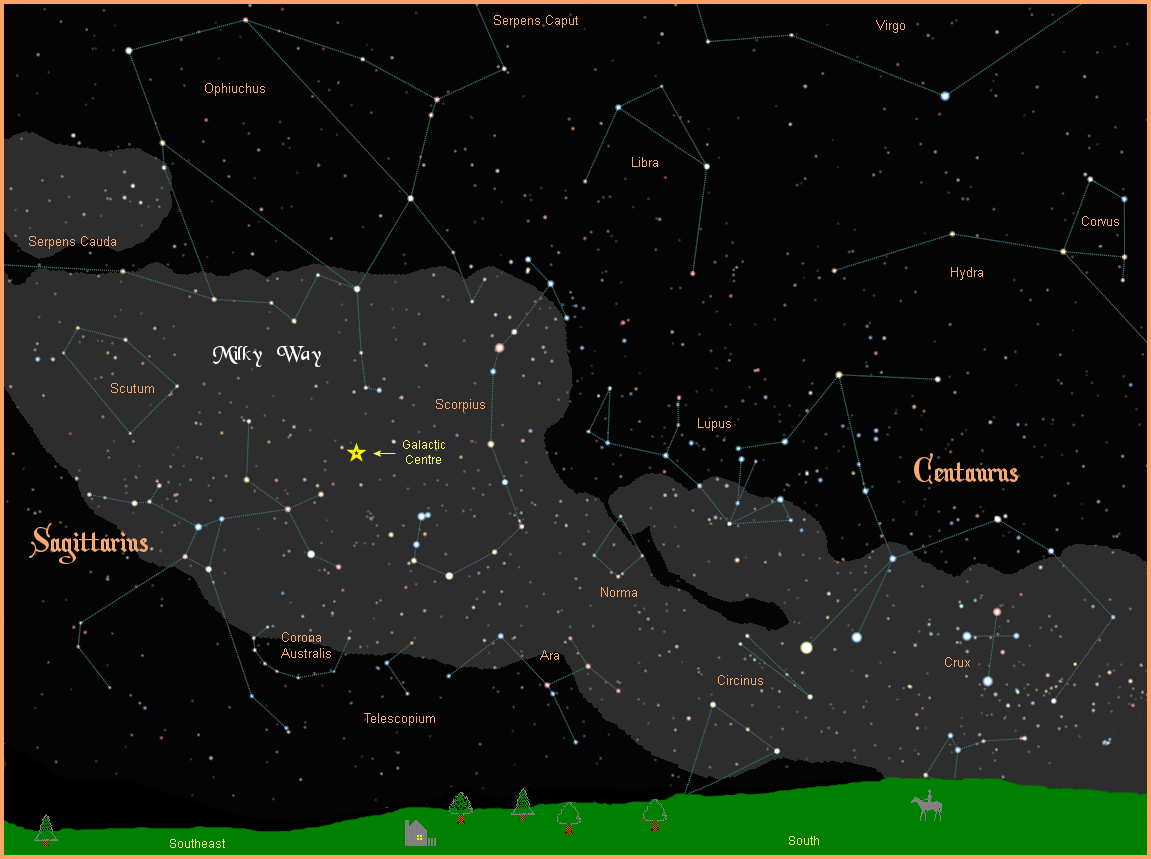
Sadly, many modern star charts choose to abandon the ages old majesty of the centaur archer, and draw a teapot instead.
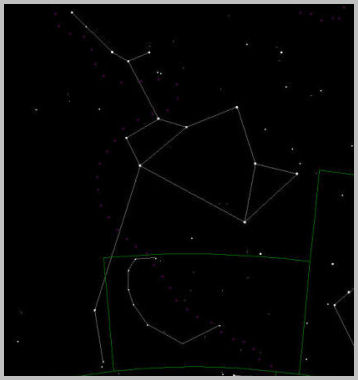
Alpha Sagittarii is named Rukbat Alrami, Arabic for knee of the archer. This is one of the not-so-rare instances where the Alpha star is not the brightest star in the constellation - and this one isn't even close. With a magnitude of 3.97, there are no less than 14 stars in the constellation that are brighter. When Johann Bayer allotted the stars their Greek alphabetic designations back in 1602, he normally named them in order of brightness, or occasionally by priority of position, but when he came to Sagittarius, he seemed to throw the rule book out the window. Rukbat Alrami is a B8V blue/white main sequence star, about 170 light years away.
Down in the archer's ankle are two optically aligned stars that can appear as one to the naked eye, and they share the Beta designation. Leading the way across the sky is Beta 1 Sagittarii, named Arkab Prior, "Arkab" being Arabic for achilles tendon. It is a B8V blue/white main sequence star with a magnitude of 3.96, about 378 light years from Earth.
Following close behind is Beta 2 Sagittarii, named Arkab Posterior, a cooler F0V yellow/white main sequence star, with a magnitude of 4.27. It is the closer of the pair, about 137 light years away.
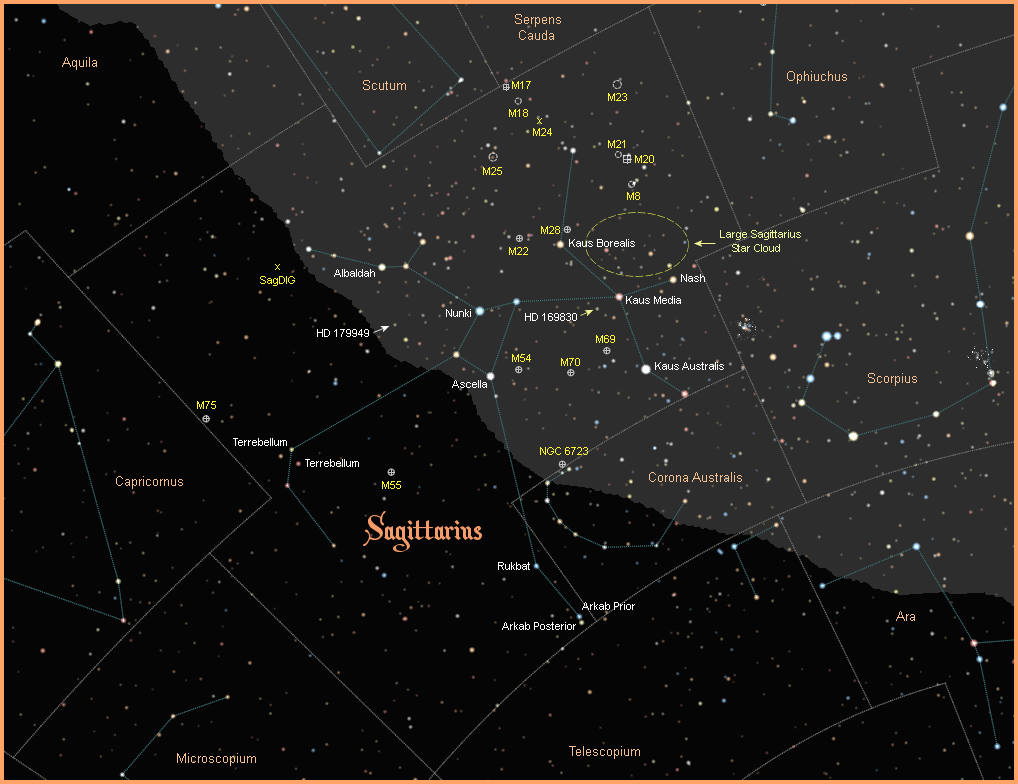
Gamma Sagitarii is Al Nasl or Nash, Arabic for the point (of the arrow), aimed toward the heart of the scorpion, as well as the black hole at the center of our galaxy. It is a K1III red giant, magnitude 2.97, about 125 light years away.
Next in Greek alphabetical order is Delta Sagittarii, with the name of Kaus Media - the middle of the bow. A K2III red giant, it has a magnitude of 2.71, and lies 85 light years away.
Epsilon Sagittarii follows logically as Kaus Australis, the southern bow. At a magnitude of 1.81, this is the brightest star in the constellation. It is an A0III blue/white giant, 125 light years away.
Zeta Sagitarii has the name of Ascella Latin for arm of the centaur. It is an A2V white main sequence star with a magnitude of 2.60, about 140 light years away.
Next in line is Lambda Sagittarii, named Kaus Borealis the northern bow. It is a K0IV yellow subgiant with a magnitude of 2.8, about 70 light years away.
Pi Sagittarii is named Albaldah, the city (thought to refer to Mecca). This star is named not for the archer, but for the ancient Arabic lunar station it was associated with: the "21st manzil, Al Baldah." It is an F2III yellow/white giant, 510 light years away. Even at that great distance it has a relatively bright magnitude of 2.89.
Next we have Sigma Sagittarii, known as Nunki, an ancient Babylonian name, roughly translated as proclamation of the sea, possibly referring to the "water" constellations that closely follow it across the sky: Capricornus, (the sea goat), Piscis Australis, (the southern fish), Aquarius, (the water carrier), Pisces, (the fish), and Cetus, (the sea monster). With a magnitude of 2.05 this is the second brightest star in Sagittarius, a B2V blue main sequence star, about 228 light years away.
Omega Sagittarii is named Terrebellum, from the Greek, "tetrapleuron", simply meaning a four sided figure, referring to the small rectangle of stars on the rear of the centaur. It is a G5IV yellow subgiant, about 85 light years away with a magnitude of 4.7.
B01 Sagittarii is also named Terrebellum, being the second brightest of the four stars forming the rectangle on the rear of the horse/man. It is a K2II orange supergiant, a very distant 826 light years away with a magnitude of 4.54.
So far, 28 stars in Sagittarius have been found to support planetary systems. Most of these stars are very far away, beyond naked eye visibility, with large gas giant planets unlikely to support life. The closest planet hosting star is HD 179949, a K2II orange supergiant, 88.2 light years away. At magnitude 6.25 you will need a very dark night and a good set of eyes to see it. One planet the size of Jupiter has been discovered in a dangerously close three day orbit around the star.
Only one other planet hosting star presents itself for naked eye viewing, but you will still need a good dark night to spot it. Coming in at magnitude 5.9 is HD 169830, an F7V yellow main sequence star, at a distance of 119.5 light years. This star has two confirmed planets, both several times larger than Jupiter.
Two super earth planets have been found in Sagittarius around stars MOA 2007-BLG-192L and OGLE 2013-BLG-341L B through the process of gravitational microlensing, where gravity from a nearby star magnifies the light from a more distant star. The good news is these planets are only a few times larger than Earth, making them good prospects for hosting life. The bad news is they are both well over 3,000 light years away. For more information on these and other extrasolar planets, visit NASA's New Worlds Atlas, and The Open Exoplanets Catalogue.
Sagittarius has the distinction of hosting the exact centre of our Milky Way Galaxy, located at coordinates RA: 17h 45m 40.04s, DE: -29° 00; 28.1". So when you look at Sagittarius, you are looking down through the densest part of our galaxy, and seeing literally billions upon billions of stars. So many stars they all blur together, and hide the centre of the galaxy behind them. As you might expect, this makes Sagittarius a very busy place, overflowing with astronomical treasures, including no less than 15 Messier objects, the most of all the constellations. There is so much going on inside Sagittarius that Robert Burnham Jr. devotes over 100 pages to it in his famous Celestial Handbook.
M8 (NGC 6523), known also as the Lagoon Nebula, is a truly immense cloud of gas and dust - 100 light years across, where stars are being born. It is classified as an emission nebula, because the energy of the newborn stars has ionized the cloud to the point where it emits its own light. With a magnitude of 5.0 it is one of only a handful of nebulae that can be seen with the naked eye under ideal conditions. M8 is about 5,000 light years away.
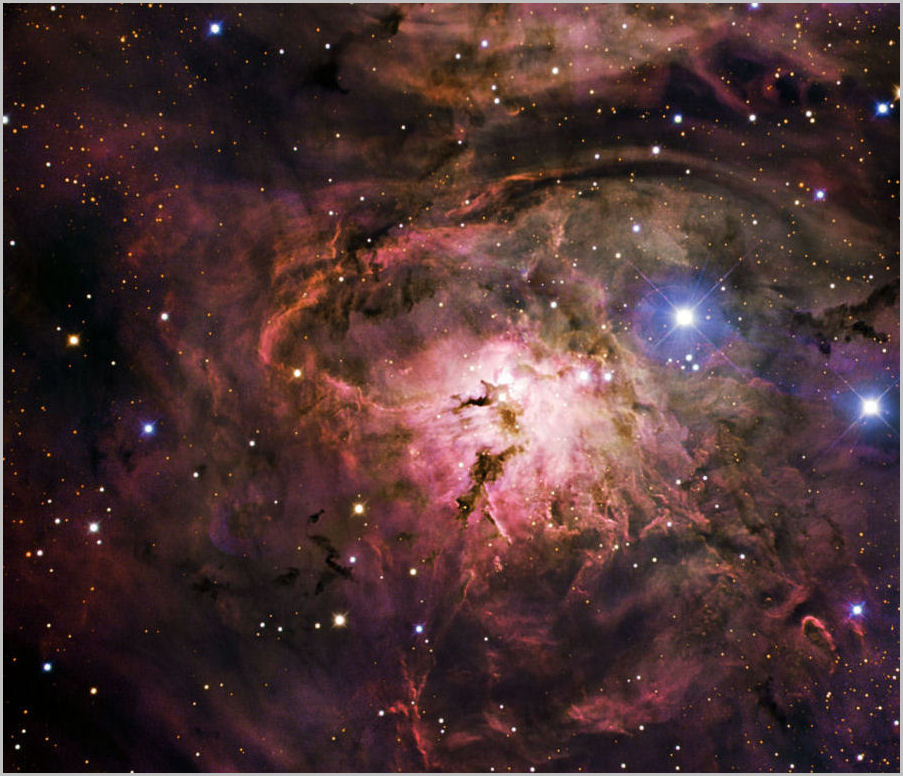
Slightly farther at a distance of 5,500 light years, is M17 (NGC 6618), known also as the The Swan Nebula, The Omega Nebula, and the Horseshoe Nebula. Like M8, it is an emission nebula, although much smaller, only 15 light years across, with a magnitude of 6.0.
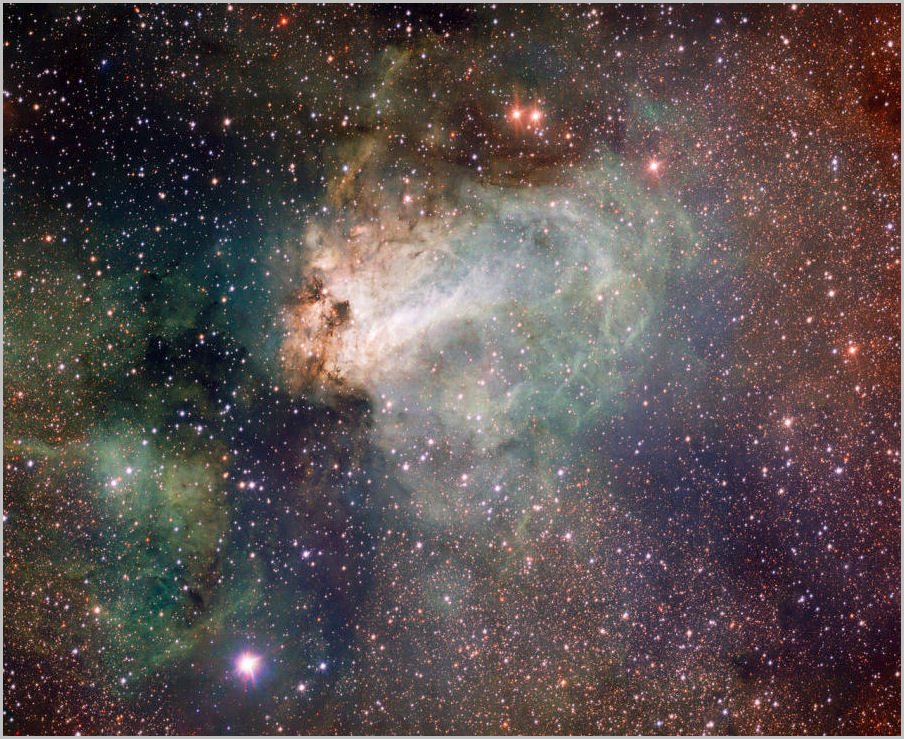
Next we have the open star cluster, M18 (NGC 6613), 4,900 light years away at magnitude 7.5.
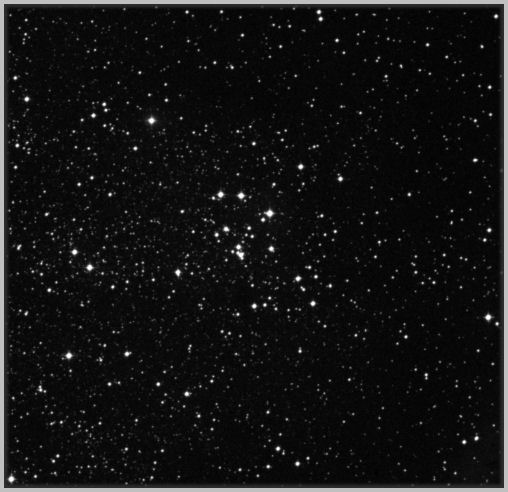
M20 (NGC 6514), known also as the The Trifid Nebula, is another emission nebula about 5,000 light years away, where stars are being made. It is about 25 light years across with a magnitude of 6.3.
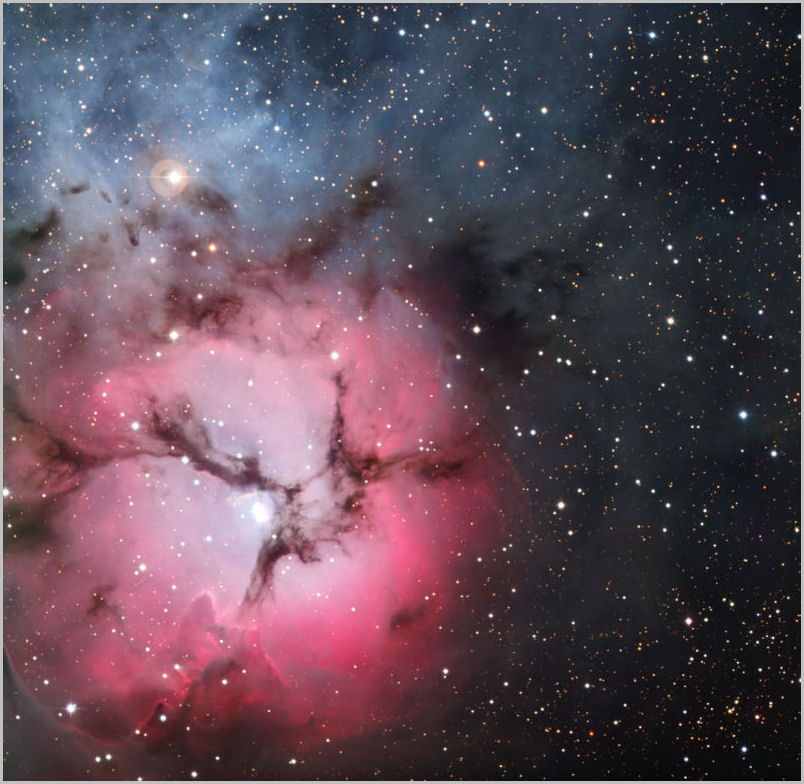
M21 (NGC 6531) is another open star cluster, 4,250 light years away. It has a magnitude of 6.5, and at last count contains 57 hot, young blue stars.
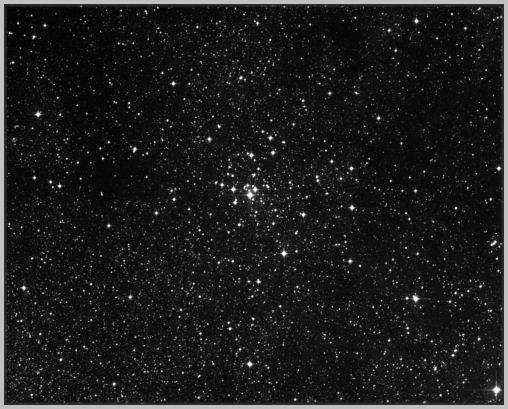
M22 (NGC 6656) is a large globular cluster about 100 light years across, and since it is only 10,600 light years away, it is one of the brightest globulars in the sky, with a magnitude of 5.1.
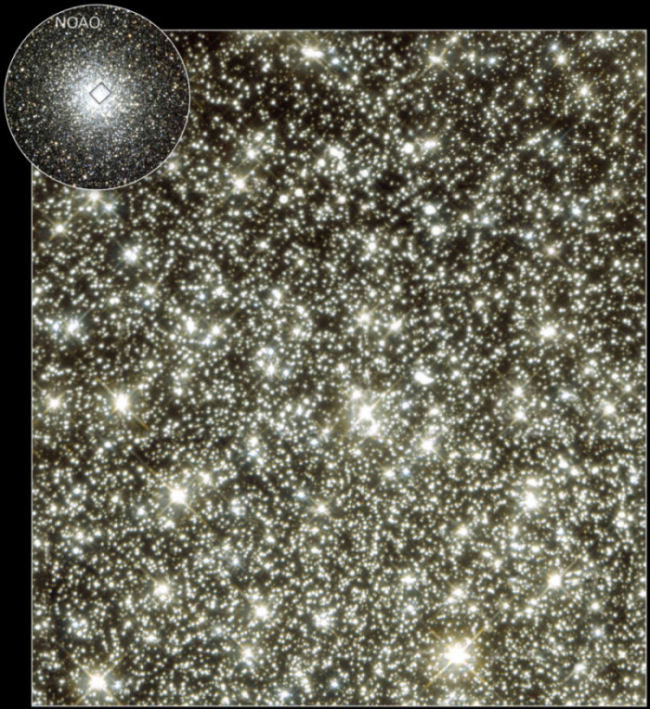
Open star cluster M23 (NGC 6494) is about 2,150 light years away with a magnitude of 6.9. Spanning 15 light years, it contains about 140 stars.
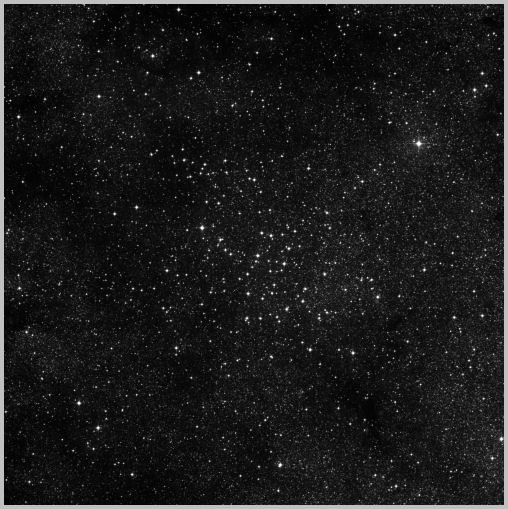
Visible to the naked eye at magnitude 4.6 is M24, the Milky Way Patch. It is an opening or tunnel in the dust that fills this portion of the Milky Way, allowing a glimpse of distant stars towards the centre of the galaxy. M24 is like a window into the heart of our galaxy, exposing a thick concentration of stars 10,000 to 16,000 light-years away, halfway to the galactic core. M24 is often referred to as the Small Sagittarius Star Cloud, in contrast to the Large Sagittarius Star Cloud just to the south, which is very much larger. On the left side of the image below, just above centre, is the magnitude 11 open star cluster, NGC 6603.
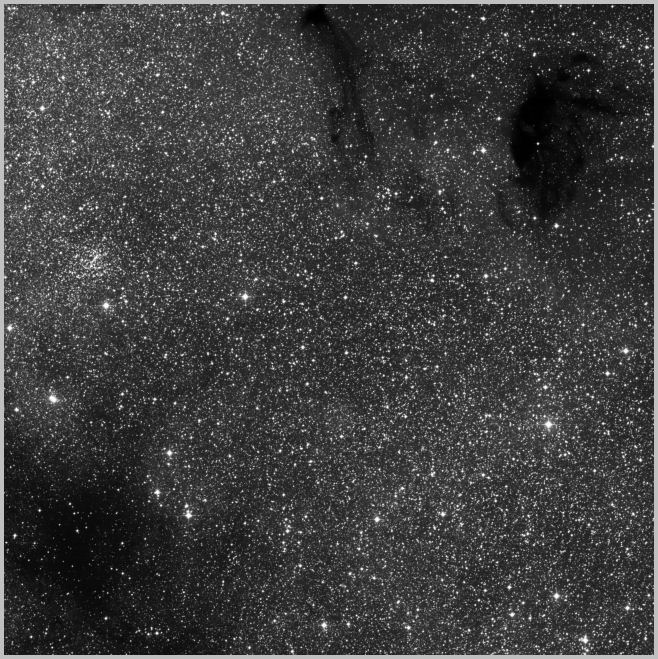
Another open star cluster at magnitude 4.6 is M24 (IC 2745), about 2,000 light years away.
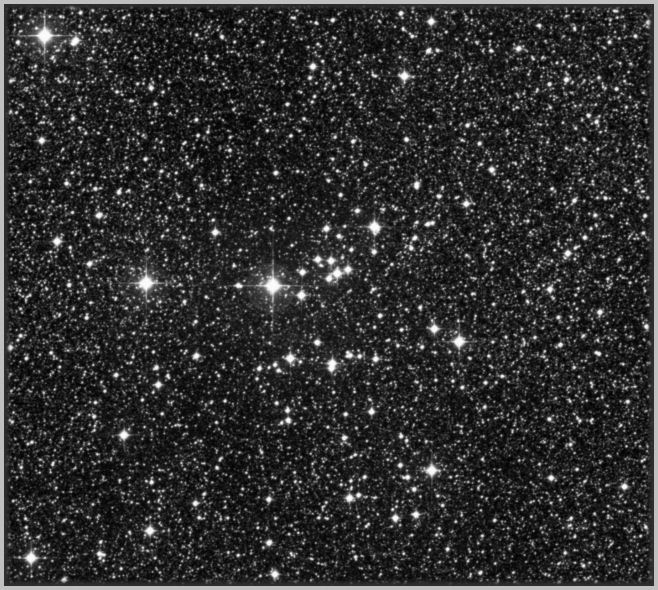
The next Messier object is the globular cluster, M28 (NGC 6626), with a magnitude of 6.9. It is about 18,300 light years away.
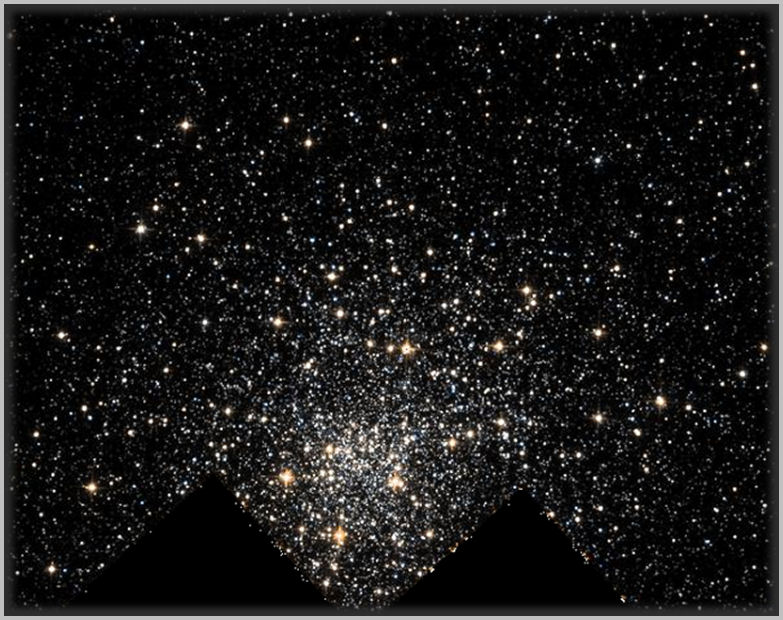
The globular cluster M54 (NGC 6715) was the first globular cluster discovered outside our galaxy. It resides 87,400 light years away, in the Sagittarius Dwarf Elliptical Galaxy (SagDEG), a satellite of our Milky Way galaxy. With a magnitude of 7.6 M54 is accessible to a small scope, but due to its great distance it takes the resolving power of Hubble to see individual stars. M54 is estimated to be about 300 light years across, one of the largest known globular clusters.
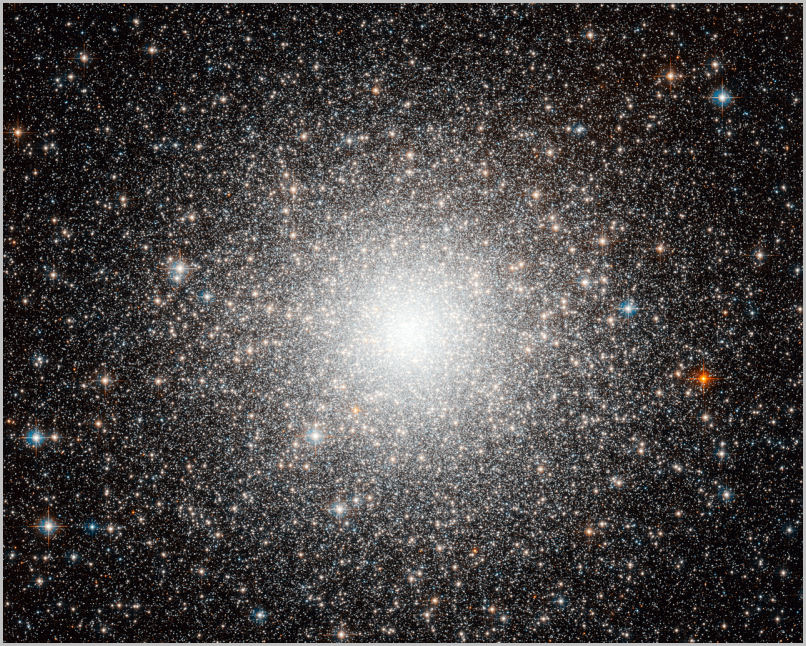
Globular cluster M55 (NGC 6809) is very much smaller and closer than M54. It is only 45 light years across, and only 17,600 light years away. It has a magnitude of 6.3.
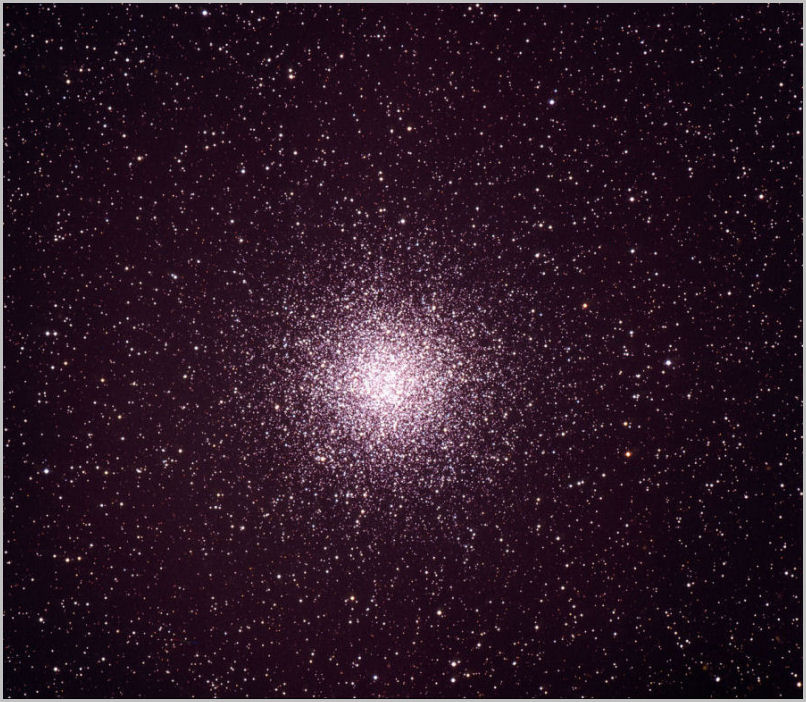
Globular cluster M69 (NGC 6637) is about 61 light years across and 29,700 light years away, with a magnitude of 7.7. Unlike most globular clusters that live out on the fringes of the galaxy, M69 and its close neighbour M70 are both quite close to the galactic core, within about 6,200 light years.
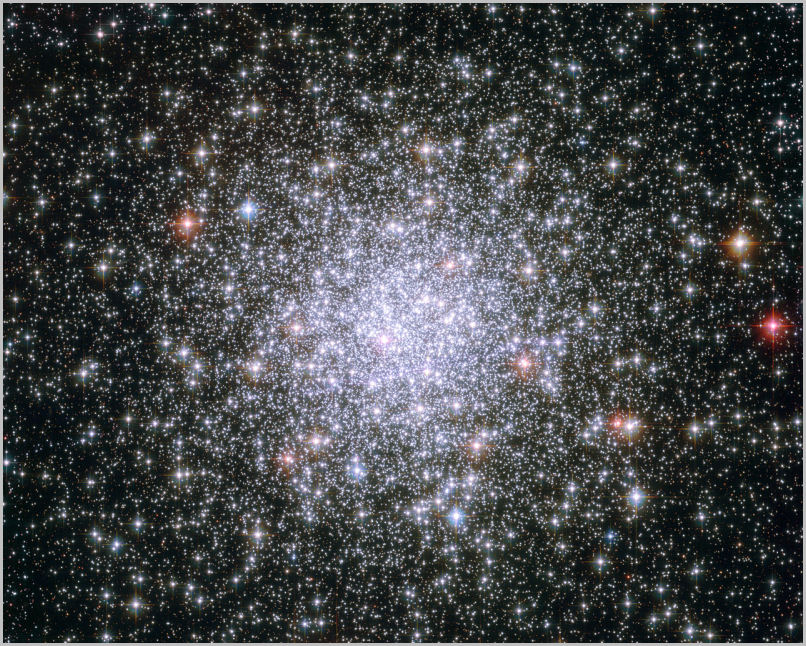
Globular cluster M70 (NGC 6681) is only 1,800 light years from M69, and dangerously close to the black hole at the centre of our galaxy. It is about 68 light years in diameter, with a magnitude of 7.8.
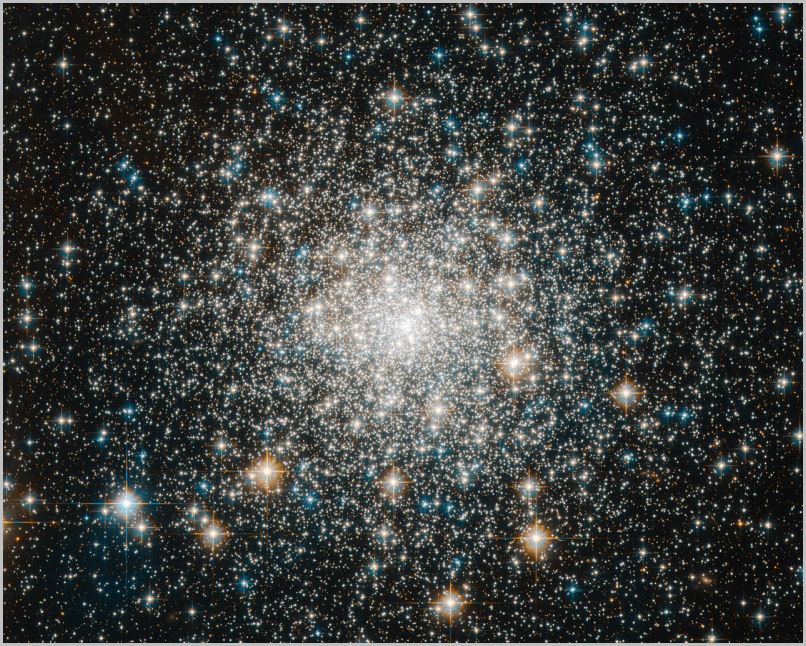
Globular cluster M75 (NGC 6864) is 67,500 light years away, one of the most remote globulars, with a magnitude of 8.6.
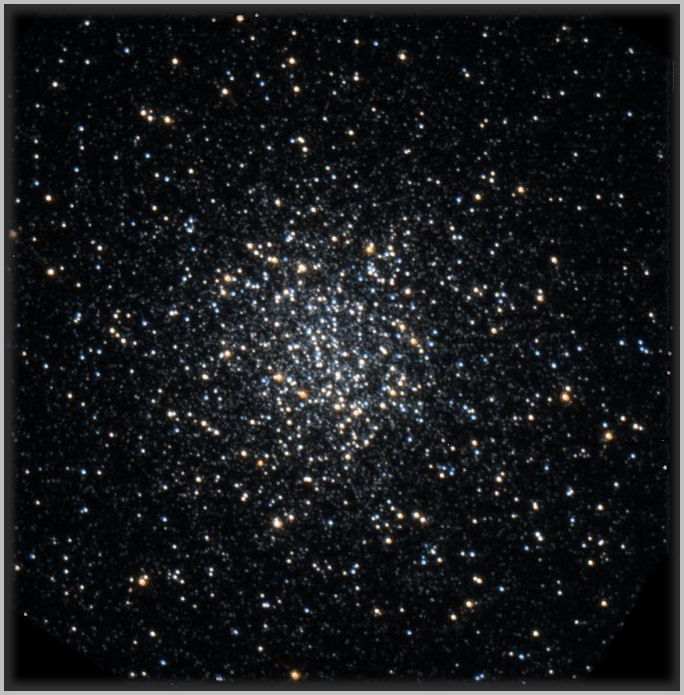
The Sagittarius Dwarf Irregular Galaxy (SagDIG) is about 3.4 million light years away, not to be confused with the much closer Sagittarius Dwarf Elliptical Galaxy (SagDEG) containing the globular cluster M54. With a magnitude of 15.5, SagDIG is visible only in large telescopes.
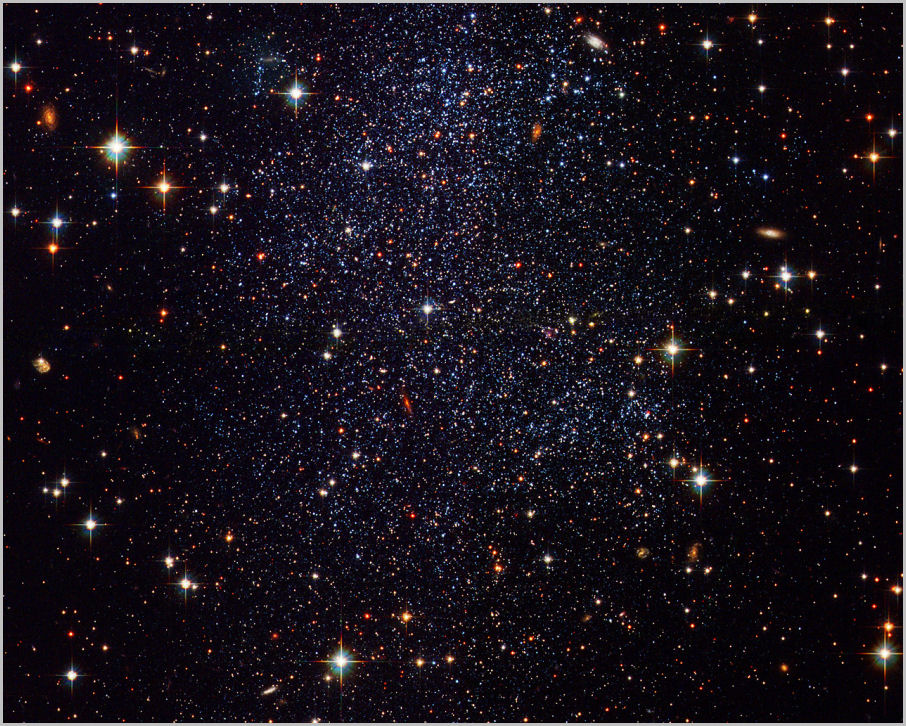
|
|
|
|
|
|